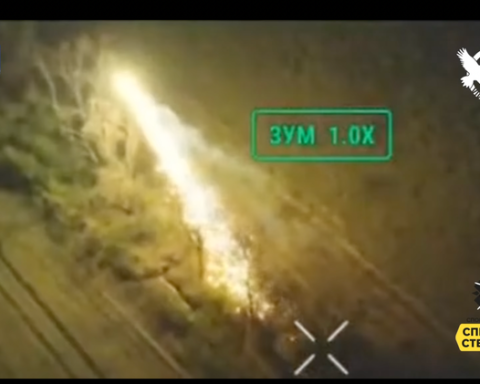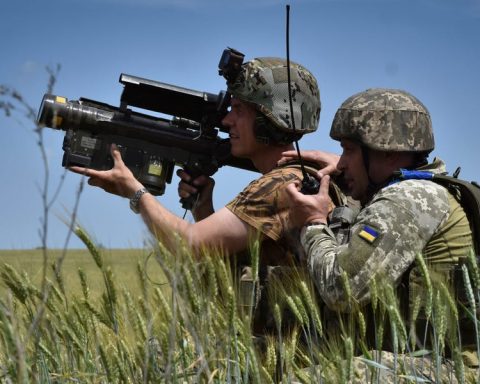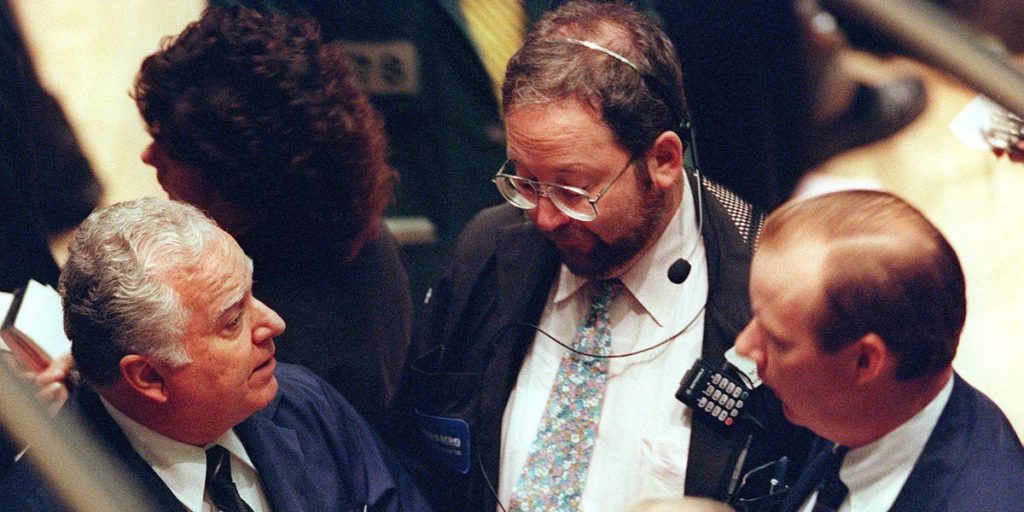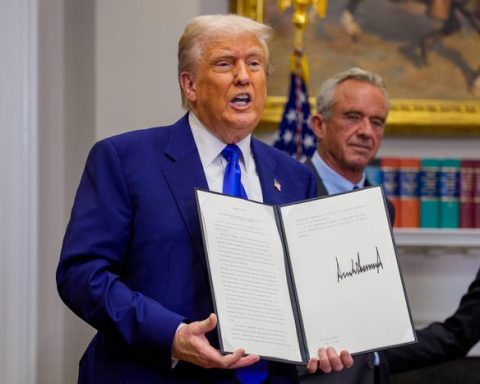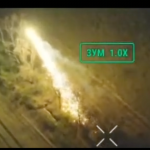A Russian military strategist has put forth the view that traditional infantry weapons—specifically mortars and machine guns—are becoming obsolete. He argues that drones will take their place, leading to smaller and lighter infantry units. Currently, light machine guns are central to infantry squads, which typically carry a mix of machine guns, automatic grenade launchers, mortars, and anti-tank missiles. However, according to Ruslan Pukhov, director of the Moscow-based Centre for Analysis of Strategies and Technologies think tank, aside from their assault rifles, infantry’s existing heavy weaponry is close to being functionally outdated.
Pukhov posits in an essay published in the Russian state-run newspaper Rossiyskaya Gazeta that first-person-view (FPV) drones will largely replace all group infantry weapons, including anti-tank weapons, and will assume many artillery roles. He envisions future combat being conducted by small squads of drone operators alongside infantry, supported by reconnaissance UAVs and electronic jamming capabilities. He cautions that the primary focus of military operations will shift to countering enemy FPV drones. For targets beyond the range of drones, long-range guided missiles would be deployed.
Since the First World War, in response to the heavy casualties from assaults on fortified positions, infantry have relied on portable heavy armament to lessen their dependency on artillery and external fire support. This evolution began with the introduction of light machine guns around 1915, subsequently leading to the adoption of light mortars, anti-tank rocket launchers, grenade launchers, guided anti-tank missiles, and more recently, drones themselves.
Light machine guns, such as the US M249 Squad Automatic Weapon and the WWII-era German MG42, remain crucial to infantry squads, providing the necessary rate of fire for supporting maneuvering riflemen. These direct-fire weapons, however, require a line of sight to engage targets, which involves the risk of counterfire. In contrast, tactical drones can be deployed and operated from a safe distance behind the front lines, well out of the enemy’s view. In Ukraine, for instance, troops have shifted from open maneuvers to operating from fortified positions, launching numerous drones daily to scout for targets. Engagements are then handled by explosive drones and artillery fire.
Pukhov emphasizes that the traditional emphasis on line-of-sight fire in combat is being supplanted by technologies that do not necessitate direct visibility of the enemy. “They can theoretically be seen from any distance and destroyed with the same high accuracy,” he argues, highlighting the superior survivability of remotely operated platforms due to their ability to engage from concealed positions.
The prospect of infantry entirely relinquishing their machine guns and mortars in favor of drones has left many American defense analysts apprehensive. Gian Gentile, a researcher at the RAND Corporation and a retired US Army colonel, expressed skepticism in a conversation with Business Insider: “If someone had told me, ‘Hey, we’ll give you all these drones, and you’ve got to give up your .50-caliber and M240 machine guns,’ I would have told them they’re crazy.”
He notes that drones are not without vulnerabilities, facing threats from jamming, aerial attacks, and adverse weather conditions. Relying solely on drones could prove risky as they’ve reportedly been lost in significant numbers during the ongoing conflict in Ukraine. A heavy machine gun could, in contrast, dominate an area with a lethal barrage over a considerable distance.
Pukhov further contends that the rise of drones renders tanks obsolete, claiming that all fire missions traditionally undertaken by tanks can now be effectively executed using cheaper and more precise drone and artillery technology. Innovations like FPV drones and guided artillery shells can strike targets far beyond their typical range, historically covered by artillery fire.
Despite this, Gentile remains unconvinced that small drones dropping bombs or grenades can rival the firepower delivered by artillery systems. He stresses that the mass effects achievable with artillery facilitate decisive penetrations of enemy defenses, a capability that he believes tanks still possess when properly supported.
Nevertheless, it is widely acknowledged that drones are altering the landscape of warfare. Pukhov anticipates a future where operations devolve into smaller, dispersed groups and vehicles, fundamentally disrupting pre-existing military strategies centered around concentration of force. This presents a significant challenge, as concentration is traditionally a core tenet of effective military strategy, employed by historic figures such as Napoleon.
History illustrates that the dominance of any given military technology may be temporary. Weapons like the longbow, the armored knight, and tanks, while once formidable, were ultimately eclipsed by advancements in military tactics or technology. Thus, while drones have ushered in a new era of warfare, they are unlikely to be the final revolution.
Michael Peck is a defense writer whose contributions have appeared in various prestigious publications. He holds an MA in political science from Rutgers University.

